The Role of
Structural Monitoring
in Urban Development
Projects
The importance of monitoring the behaviour of structures and infrastructure within the zone of influence before, during and after construction works is widely accepted.
But, the unique and constrained characteristics which define developments in urban environments require specific experience and expertise to deliver integrated, trusted and precise monitoring solutions.
In this blog, Simon Hough - project manager at SOCOTEC Monitoring - focuses on why structural monitoring is essential for urban construction projects, what a best practice approach looks like - demonstrated via case studies of projects around the UK - and how the resulting data enables engineers and contractors to minimise impact to existing structures and infrastructure, mitigate risk to people and protect a project’s budget and timescale.
Reducing and controlling risk to existing buildings, infrastructure and people
There are risks associated with any construction project, especially when works are taking place in a densely populated, urban environment. The possibility of foundation works, deep excavations or demolition impacting neighbouring buildings or infrastructure is much greater in a city, not to mention the possible risk to a larger number of people.
The importance of monitoring the behaviour of structures and infrastructure within the zone of influence before, during and after construction works is widely accepted. But, the unique and constrained characteristics which define developments in urban environments require specific experience and expertise to deliver integrated, trusted and precise monitoring solutions.
Why structural monitoring is critical during urban construction projects
In construction projects, because there is nearly always a requirement for a significant movement of material, there is also the potential for disruption to that vital layer of support. Therefore, it is essential that an accurate assessment of the surrounding structures and infrastructure is carried out to understand the conditions at play, and for the correct monitoring regime to be put in place from the beginning to identify any variance.
During the design phase, assumptions will have been made about how these assets may perform once works get underway. Monitoring allows any assumptions to be checked to see if the assets being monitored do behave as anticipated and if they don’t, it enables contractors to make informed decisions as works progress, allowing for adjustments to be made to construction methods and sequence to minimise any risk.
The value in monitoring is based on an understanding of risk, which itself is based on an assessment of any variance from ‘normal’ conditions. In order to establish a clear view of what ‘the norm’ is, baseline monitoring should be incorporated into the early stages of any project, well in advance of any significant work taking place. This provides a stable set of data that reflects the existing structural conditions.
With baseline measurements collected, these can be used to set parameters for acceptable movement once works do begin, with alarms put in place to alert the client should set tolerances be exceeded. Monitoring data arms clients with the insight that leaves them safe in the knowledge that construction works are properly supported and the risk of anything ‘falling down’ can be avoided. Without this information, risks go unidentified and projects can run into complex problems that manifest themselves further down the line as higher costs and missed deadlines.
A best practice approach to structural monitoring
For urban construction developments requiring integrated surveying and monitoring solutions, SOCOTEC Monitoring provides a comprehensive range of structural, geotechnical and environmental monitoring services. Through early consultation during the design stage, SOCOTEC Monitoring creates bespoke monitoring schemes, procuring and installing instrumentation as well as undertaking detailed survey works and baseline monitoring. All data is stored, managed and visualised in Calyx OMS, SOCOTEC Monitoring’s online data visualisation platform.
Once ground works and superstructure construction begins, SOCOTEC Monitoring provides manual, automated or combined monitoring services, capturing data from a multitude of sensor varieties 24 hours a day, seven days a week through Calyx OMS. This provides continual monitoring of site conditions, offering status updates and reassurance to clients wherever they choose to view the data, as well as alarms, PDF reporting and video camera feed interfaces.
As a construction project reaches closure and occupancy, SOCOTEC Monitoring provides post-construction ‘close-out’ readings and reports as the building enters the asset portfolio.
During all phases of a project, SOCOTEC Monitoring works closely with a range of stakeholders including developers, contractors, demolition teams and local authorities to measure and manage the impact construction works may have on surrounding sensitive assets and neighbours. Examples of this consultative approach are demonstrated in the following case studies.
Monitoring throughout the Victoria Station upgrade (VSU) project, London
Victoria Underground Station is at the heart of London’s transport network and is one of the busiest and most congested stations in the city, used by around 100 million passengers each year. In an effort to relieve congestion at the station, new ticket halls and interchange tunnels were constructed, new lifts installed and full modernisation of the existing station areas was carried out.
SOCOTEC Monitoring was contracted by London Underground Limited (LUL) to collect 12 months of baseline data for third party structures and London Underground assets within the zone of influence, to understand movements occurring prior to construction. The assets requiring monitoring included sensitive grade II listed structures such as the Victoria Palace Theatre and the Apollo Victoria, as well as high value real estate such as the John Lewis HQ and various other office blocks, businesses and residences.
The baseline data was then used as a benchmark for the continued structural monitoring undertaken during the construction and post construction phases.
Harbour wall monitoring at cattle market, Bristol
Kier Construction, Western and Wales, was appointed by Bristol City Council to demolish the former Royal Mail sorting office at the Cattle Market site in Bristol. The site required clearing to make way for the new University of Bristol Enterprise Campus, one of the landmark developments in the city’s regeneration of the Temple Quarter district.
The western edge of the site is bounded by a retaining wall, which supports part of the Bristol Temple Meads Station infrastructure, including the line beside platform 15 and the disused in/out road siding. SOCOTEC Monitoring provided automated settlement, rotational and vibration movement monitoring of the retaining and parapet walls during the removal of canopy steelwork beams to ensure platform 15 was not impacted by the works.
Structural health monitoring during the Keble College development, Oxford
Selected by main contractor BAM Construction, and working alongside structural engineers Eckersley O’Callaghan, SOCOTEC Monitoring provided critical structural health monitoring during the major development works of the Keble College site.
Works began in the summer of 2016 with the demolition of the existing buildings around Acland House and Felstead House, which are being retained. Creation of a full lower ground floor under the quad at the new H B Allen Centre required excavation of the basement across the whole site and, in particular, under the listed Acland House. This saw nearly 65,000m³ of dug material being removed from the site, requiring a robust monitoring system to measure movement caused by the excavations and ensure that the retained buildings remained structurally sound during the works.
Collaborative consultation between SOCOTEC Monitoring and BAM’s project team resulted in a tilt monitoring solution being devised, using manual surveying and remote automated monitoring systems.
SOCOTEC Monitoring offers a complete service solution to developers, contractors and engineers, ensuring exceptional results.
If you have an urban construction project you would like to discuss, why not get in touch?

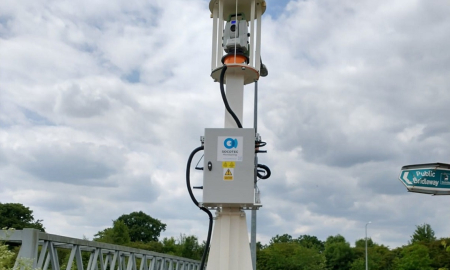
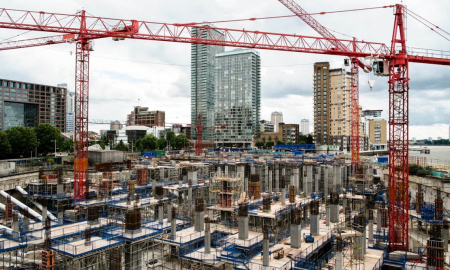
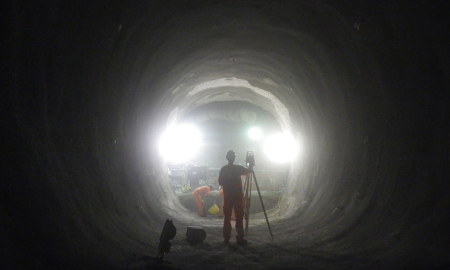
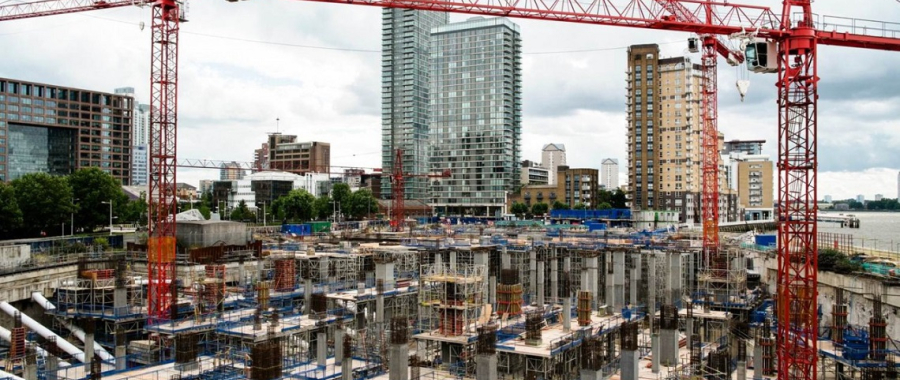
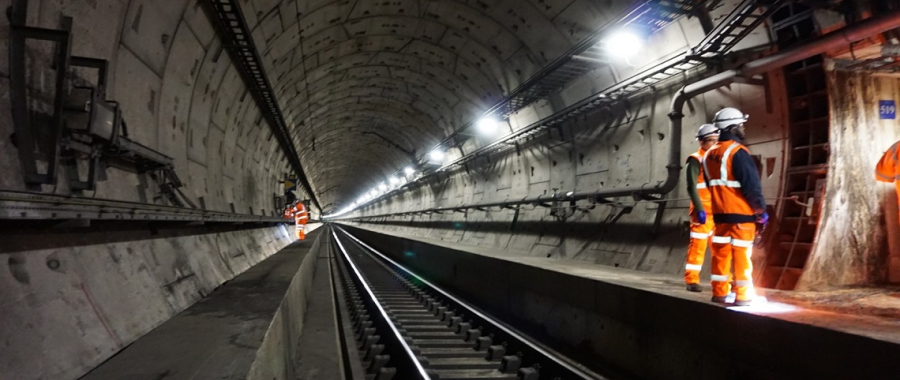
Add new comment